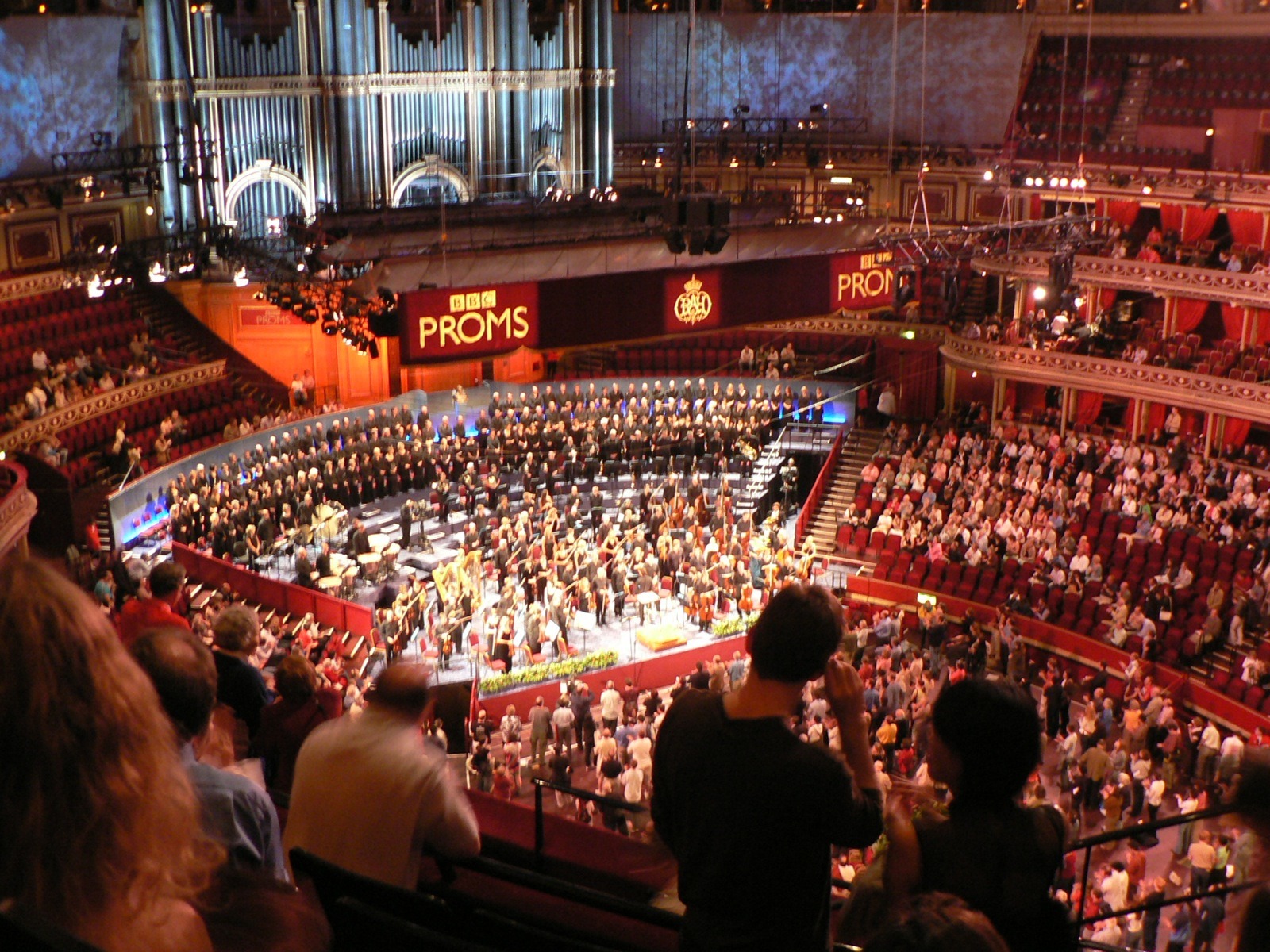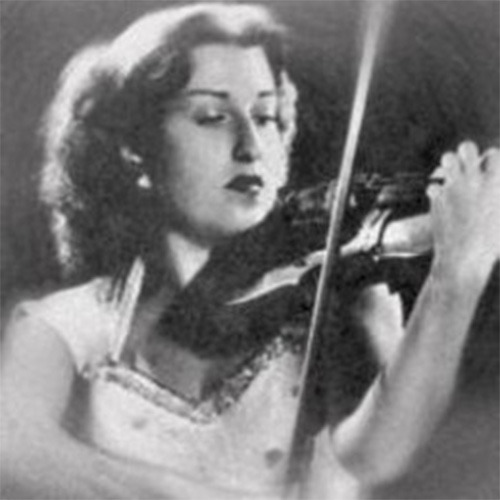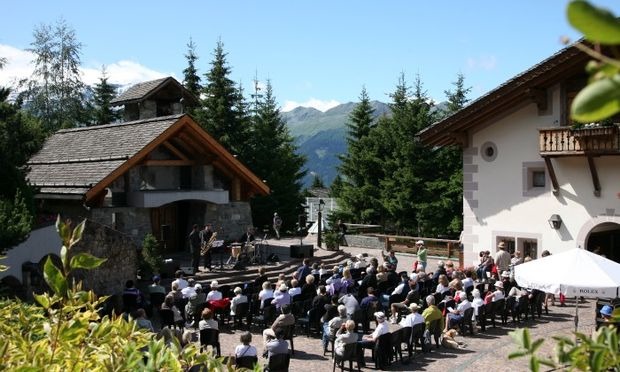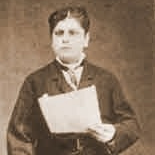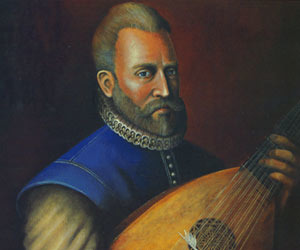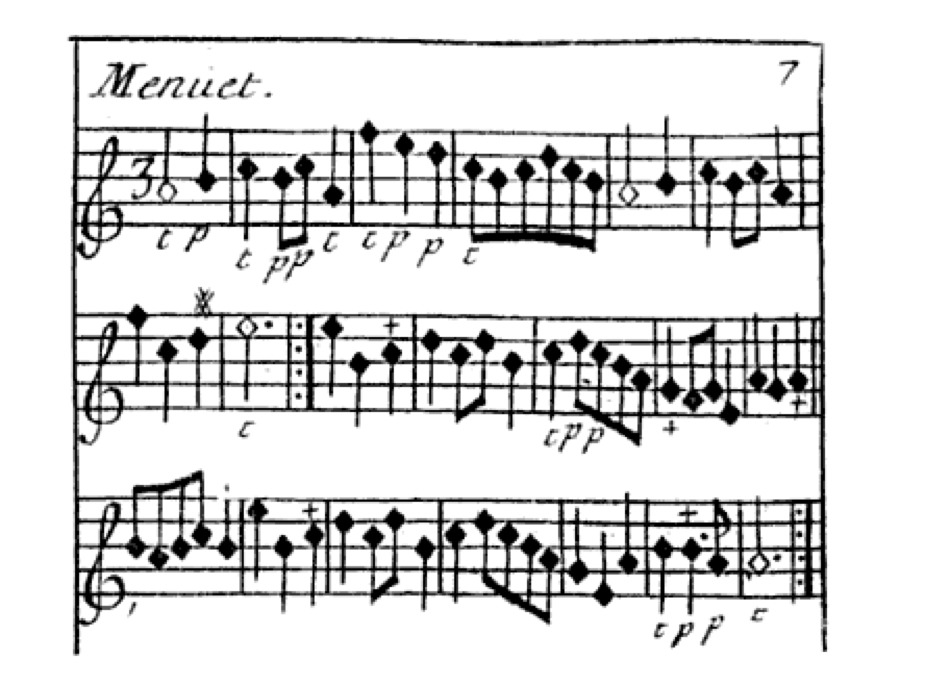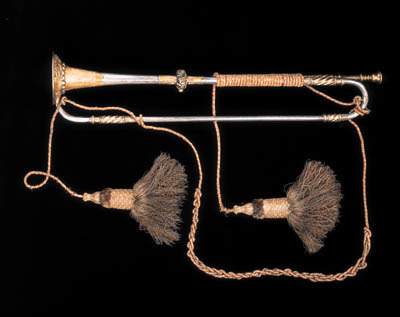The 2015 BBC Proms start in two weeks’time. As a child and teenager, I used to go to the Proms every year with my parents, who would pour over the programme as soon as it was published (this, of course,
Blogs
Big hair, eclectic jewelry and high heels are her trademark. Ida Haendel is considered one of the greatest violin soloists of the twentieth century— born to play the violin. When she appeared earlier in my career with the Minnesota Orchestra
They start to appear as the snows disappear – enticing notices for summer festivals. Spend a week of music in the mountains, or at the seashore, or in a famous historical setting. Summer festivals are a wonderful time to explore
Today, the idea of a castrato singer is a bit embarrassing. For our hyper-masculine world (would you like muscles on that?), the idea of a male singer who can only sing at a soprano pitch just seems wrong.
John Dowland (1563 –1626) brought the art of weeping to an exquisite height in the early 17th century. This English Renaissance composer, lutenist, and singer became famed for his melancholy songs that have an inherent darkness that stands in contrast
We looked earlier at Sherlock and Opera and now, when we see what other music he ventured into, we find a connoisseur of the musical arts of his time at its highest point.
Sometimes the actions of an orchestra seem quite mysterious. You’d expect that the orchestra would come on stage, take their seats, the conductor would arrive, and off they’d play. Instead, the orchestra seats itself, and then the first chair of
The next of the brass winds is the trumpet, which developed much on the same lines as the horn: first a simple structure, then with the addition of valves, an instrument more suited for ensemble work was created. The process

